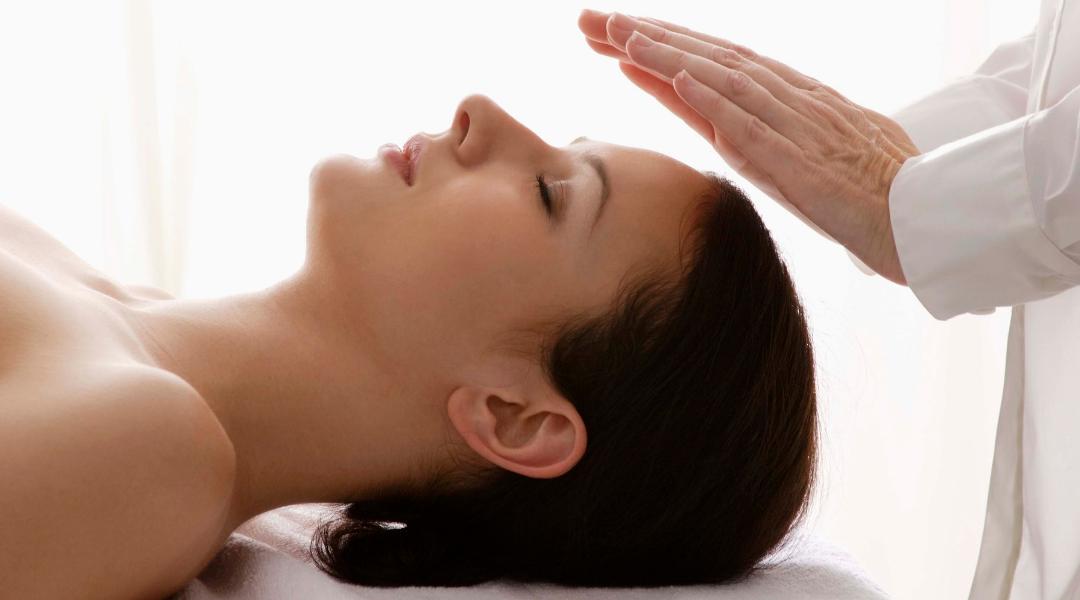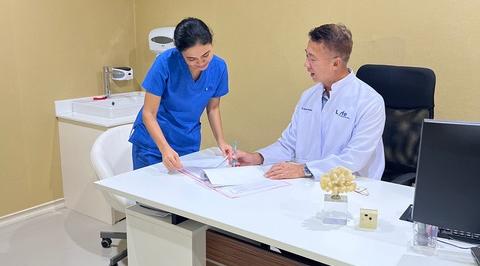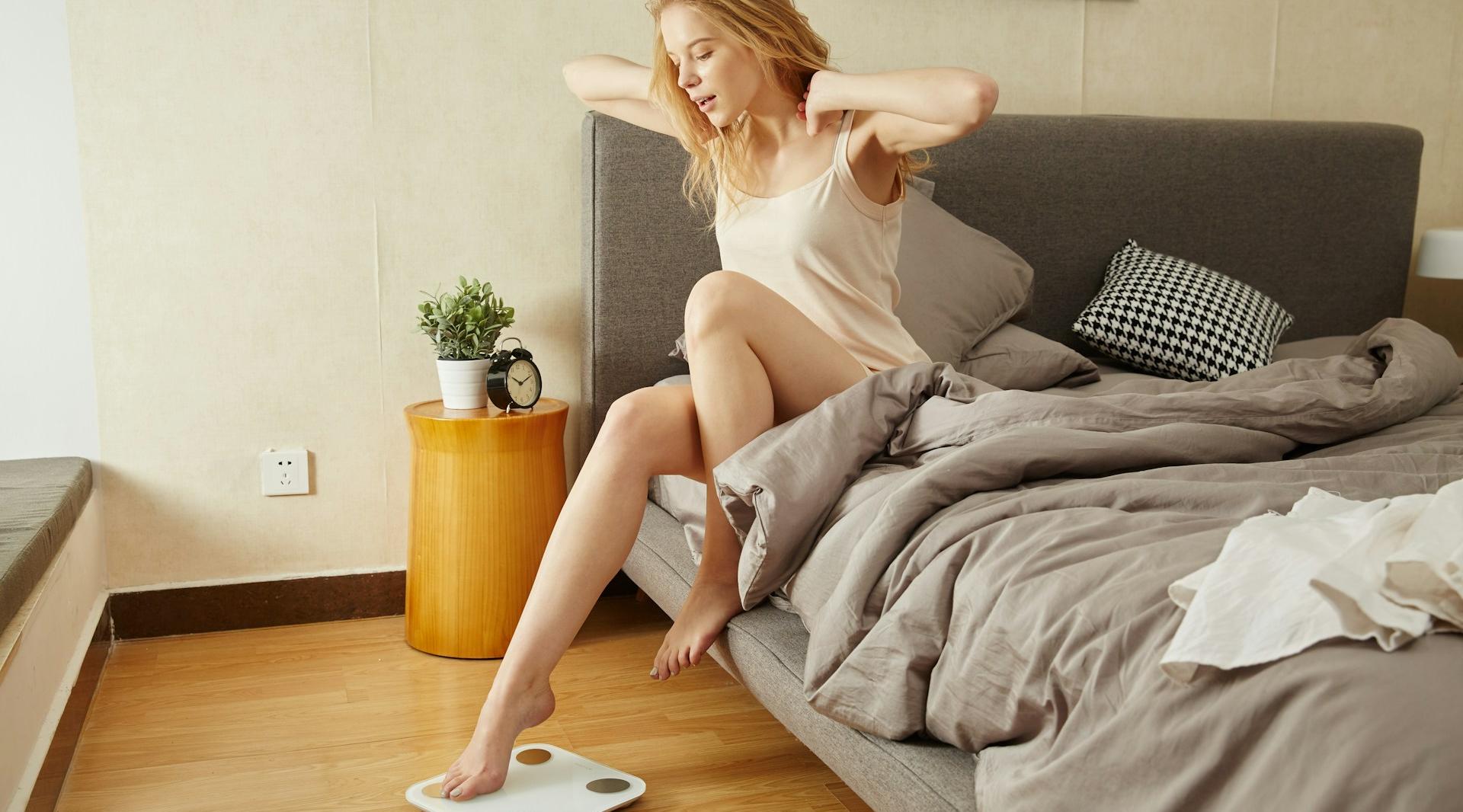I. Introduction
Placenta therapy, grounded in Traditional Chinese Medicine and today's regenerative medicine, is the utilization of placental extracts for therapeutic applications. An intricate organ connecting the mother to the fetus, the placenta plays a pivotal role in supporting the growth and development of the fetus, providing it with essential nutrients and biologically active components. At the heart of this therapy is the human placental extract, laden with vital components for body rejuvenation.
II. The Science behind Placenta Therapy
Recent research has illuminated the unique properties of placenta, which has been used in the treatment of diseases and tissue regeneration since the early 1900s. The activity of human placental extract, rich in cytokines, growth factors, and other components, promotes cell growth, especially epithelial cells and liver cells, and has been shown to exhibit remarkable therapeutic attributes ranging from antioxidant to anti-microbial. Such extracts also play a crucial role in tissue regeneration and wound healing, a finding that underscores their potential in regenerative medicine.
III. Types of Placenta Therapy
- B. Placenta Encapsulation: A method where placental tissue is processed into capsules, a traditional practice applied in various clinical applications.
- C. Placenta Creams and Lotions: Topical application of placental preparations infused with placental extracts, aiming to harness their physiological effects.
- D. Placenta Injections: Direct intramuscular injection of human placental extract can provide synergistic effects, especially when targeting specific acupuncture points like BL23.
IV. Benefits
- A. Regulation of Hormones and Mood Enhancement: Beyond supporting growth and development, the placenta provides compounds that play pivotal roles in hormone regulation.
- B. Increased Energy Levels and Reduced Fatigue: Chronic fatigue syndrome patients, among others, have reported improvements after therapy.
- D. Potential Anti-Aging Properties: The application of placental creams or injections of placental extract can promote tissue regeneration and wound healing, mitigate hair loss, and rejuvenate damaged cells.
V. Safety and Regulations
- A. Potential Risks and Side Effects: While the placental extract protects bone marrow-derived progenitor cells and human fibroblasts, there can be side effects. It's essential to understand the interaction between stem cell therapy and placental extract.
- B. Importance of Sourcing: The efficacy of treatment relies heavily on sourcing high-quality placental tissue, preferably human umbilical, and ensuring it's free from contaminants.
Harnessing the therapeutic effects of the placenta, especially its application in organ and tissue healing, is a testament to the organ's profound capabilities. As we continue to unlock the mysteries of placenta therapy and its numerous applications, one thing remains clear: the promise it holds for regenerative medicine. As always, it's crucial to seek these therapies from reputable sources and under expert guidance.
Interested in exploring the benefits of placenta therapy further? Visit Lyfe Medical Wellness for more information and to connect with professionals in the field.
FAQ
How does placenta therapy help with hair growth?
The properties of placenta, especially when applied to promote hair growth, stimulate hair follicles and can reduce hair loss.
Can placenta therapy aid in tissue regeneration?
Yes, the placental extract has a wound healing activity, especially on human epithelial cells, making it a potent wound healer.
How old is the practice of using placenta in medicine?
The placenta has been used in regenerative medicine and the treatment of various diseases since the early 1900s.
How does the placental extract protect against radiation?
The placental extract shields cells against radiation injury through its anti-inflammatory activity.




